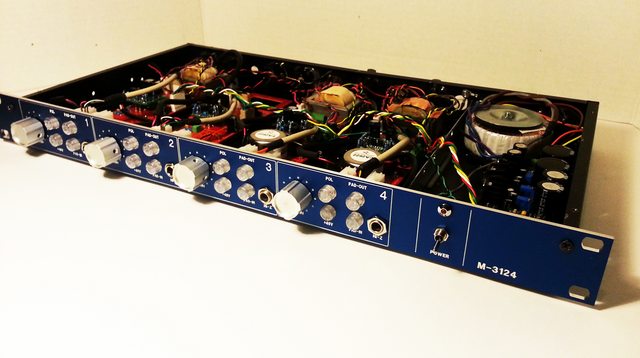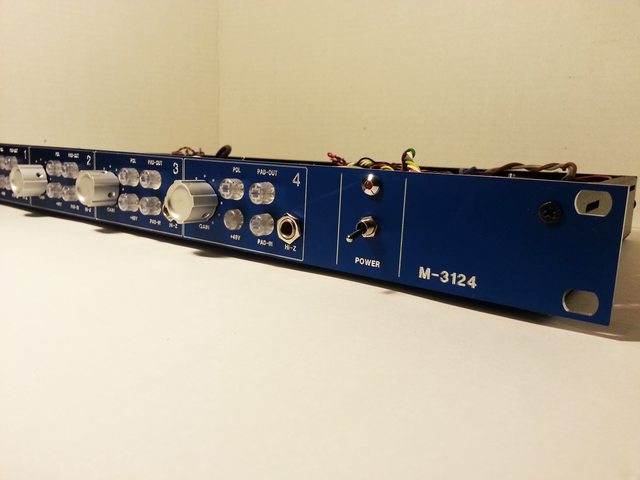Spencerleehorton
Well-known member
Hi mitros,
I've used the Sowter 4220 on my other API-312 preamps and they sound great with the line balancer.
I have two LA2A which I've put these 4257 txf on and they sound amazing.
Specs seem to think they will accept 18k:30k.
Also I'm going to try a 50k pot with a 47k resistor on wiper 1-3 to form a rev log pot 24k.
Regards
Spence.
I've used the Sowter 4220 on my other API-312 preamps and they sound great with the line balancer.
I have two LA2A which I've put these 4257 txf on and they sound amazing.
Specs seem to think they will accept 18k:30k.
Also I'm going to try a 50k pot with a 47k resistor on wiper 1-3 to form a rev log pot 24k.
Regards
Spence.







